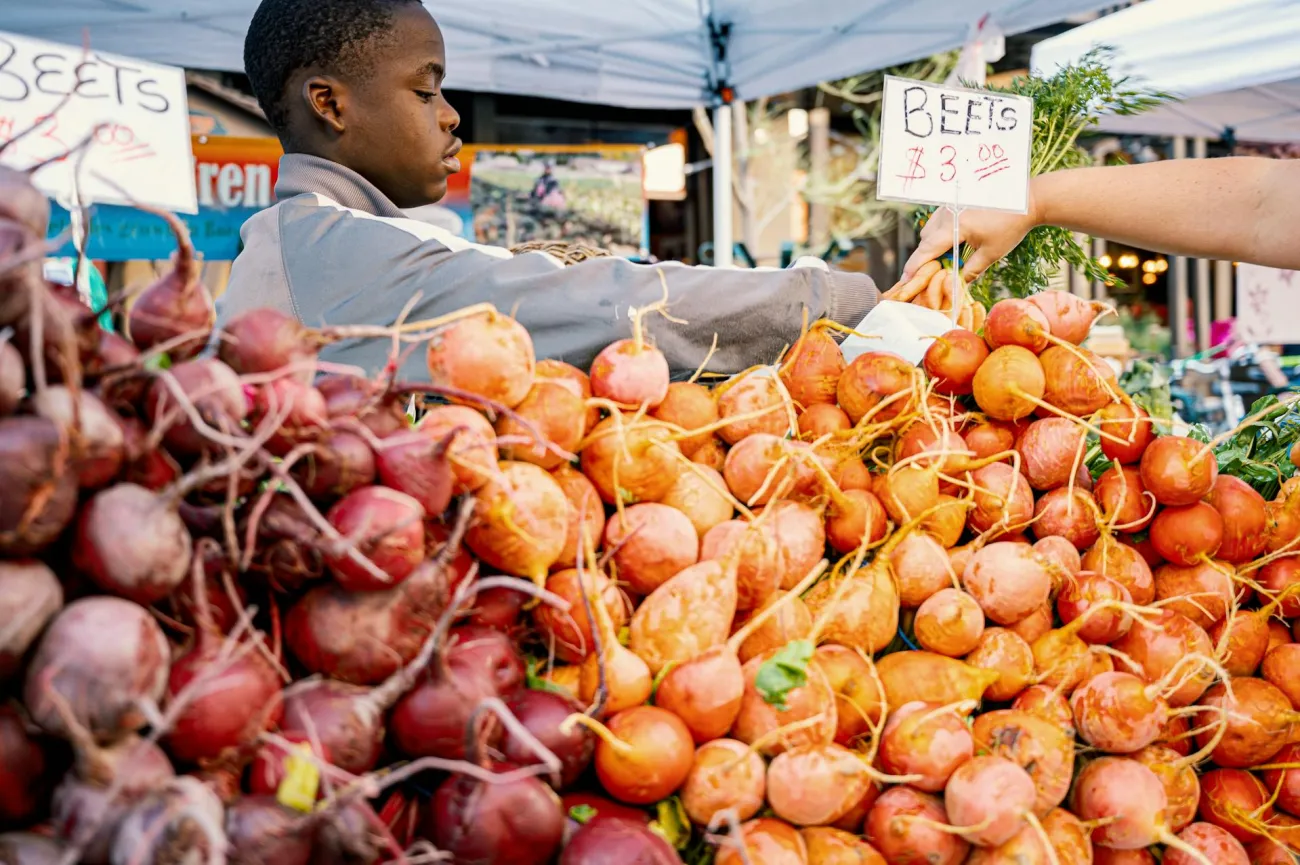
This paper addresses the following key question: How much land-based greenhouse gas mitigation can be achieved without compromising food security and environmental goals?
Taking the AFOLU sector (Agriculture, Forestry and Other Land Use), the paper starts by distinguishing and quantifying the range of options for action on the a. supply-side (improved management of biomass, soils, livestock, and energy use in agriculture and forestry) and b. the demand-side (reducing food waste, limiting over-consumption, and shifting to less resource-intense diets) before considering some of the trade offs and interactions among the different options.
The paper finds that while supply side actions could offer emissions reductions of between 1.5 to 4.3 Gt CO2 equivalent per year at carbon prices of between USD20 and USD100, demand side measures hold substantially greater potential, delivering reductions of between 1.5 and 15.6 Gt CO2 equivalent per year. There can also be synergies – in the case of reduced waste – for food security.
The paper concludes as follows: “If the enormous joint challenges of delivering food security and reducing climate forcing by 2050 are to be met, all available options will need to be considered. Given the challenges of implementing demand-side measures, supply-side measures should be implemented immediately, focussing on those that improve agricultural efficiency and allow the production of more agricultural product per unit of (energy, chemical, etc.) input, so that both GHG mitigation and food security benefit from the change in practice. Given the difficulties in implementing demand-side measures and the time taken for behaviour change to occur, policy should be introduced quickly, and should aim to codeliver to other policy agendas, such as improving environmental quality (Smith et al., 2012a) or improving dietary health (Macdiarmid et al., 2011). Neither challenge will be easy to address, and joined up policy is required more now than ever before”.
Abstract:
Feeding 9–10 billion people by 2050 and preventing dangerous climate change are two of the greatest challenges facing humanity. Both challenges must be met while reducing the impact of land management on ecosystem services that deliver vital goods and services, and support human health and well-being. Few studies to date have considered the interactions between these challenges. In this study we briefly outline the challenges, review the supply- and demand-side climate mitigation potential available in the Agriculture, Forestry and Other Land Use AFOLU sector and options for delivering food security. We briefly outline some of the synergies and trade-offs afforded by mitigation practices, before presenting an assessment of the mitigation potential possible in the AFOLU sector under possible future scenarios in which demand-side measures codeliver to aid food security. We conclude that while supply-side mitigation measures, such as changes in land management, might either enhance or negatively impact food security, demand-side mitigation measures, such as reduced waste or demand for livestock products, should benefit both food security and greenhouse gas (GHG) mitigation. Demand-side measures offer a greater potential (1.5–15.6 Gt CO2-eq. yr−1) in meeting both challenges than do supply-side measures (1.5–4.3 Gt CO2-eq. yr−1 at carbon prices between 20 and 100 US$ tCO2-eq. yr−1), but given the enormity of challenges, all options need to be considered. Supply-side measures should be implemented immediately, focusing on those that allow the production of more agricultural product per unit of input. For demand-side measures, given the difficulties in their implementation and lag in their effectiveness, policy should be introduced quickly, and should aim to codeliver to other policy agenda, such as improving environmental quality or improving dietary health. These problems facing humanity in the 21st Century are extremely challenging, and policy that addresses multiple objectives is required now more than ever.
Citation
Smith, P., Haberl, H., Popp, A., Erb, K.-h., Lauk, C., Harper, R., Tubiello, F. N., de Siqueira Pinto, A., Jafari, M., Sohi, S., Masera, O., Böttcher, H., Berndes, G., Bustamante, M., Ahammad, H., Clark, H., Dong, H., Elsiddig, E. A., Mbow, C., Ravindranath, N. H., Rice, C. W., Robledo Abad, C., Romanovskaya, A., Sperling, F., Herrero, M., House, J. I. and Rose, S. (2013), How much land-based greenhouse gas mitigation can be achieved without compromising food security and environmental goals?. Global Change Biology, 19: 2285–2302. doi: 10.1111/gcb.12160
To access the full paper (you will need a journal subscription to do so) click here.
Sonja Vermeulen (Head of Research, CCAFS) has written a very useful blog post, discussing the main contributions and findings from this research. She points to the need to also address consumers’ behaviors as we come up against the boundaries of our planet’s natural resources and its capacity to absorb wastes. You can read her post in the CCAFS blog here.
Photo: N. Palmer (CIAT)




Comments (0)